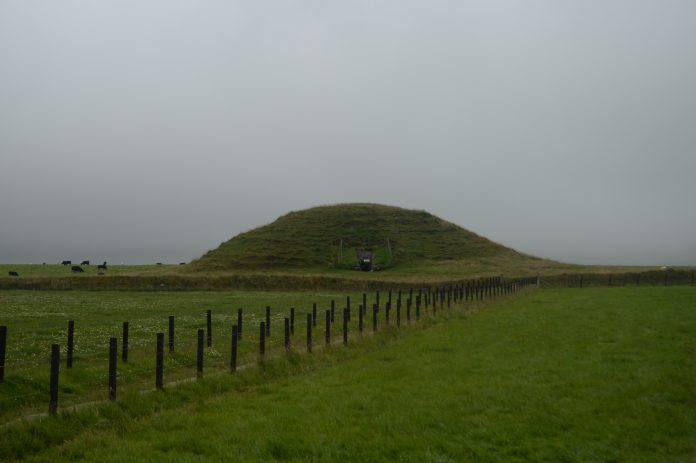The chambered cairn and passage grave at Maeshowe is well known for its runic inscriptions. Since its construction around 2800 BC, the site has had a long history of re-use and disturbance.
The presence of several runic inscriptions in the main chamber and the SE side-chamber indicates later Norse re-use, probably during the mid-12th century. The ease with which these can be made out varies and some are now very difficult to see with the naked eye.
The recent work set out to examine how far Reflectance Transformation Imaging (RTI) could reveal the sequence of overlapping carvings, in order to help recognise runes that are difficult to see with the naked eye or indeed with a camera and raking light flash. This study examines the materiality of the Maeshowe runes.
The Maeshowe digital archive (now deposited with the Archaeology Data Service. https://doi.org/10.5284/1050103) comprises the processed outputs and original source images from a series of Highlight-RTIs captured between the 21st–25th July 2016 in the Maeshowe chambered cairn in Stenness, Orkney.
Each RTI file, accompanying assembly files, and the source images from which the final .ptm file is derived are stored in a single folder within the archive. The content of each RTI and its location within the cairn is described in the body of the data paper. ( https://doi.org/10.11141/ia.47.8 )
Source: Internet Archaeology
Smith, N. et al. (2018) Maeshowe: The Application of RTI to Norse Runes (Data Paper). Internet Archaeology, 47. https://doi.org/10.11141/ia.47.8

